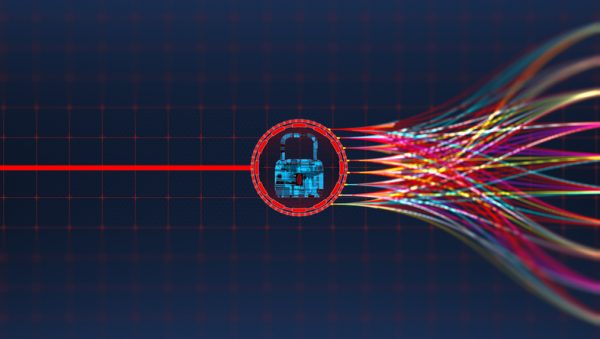 The healthcare industry has been engaged in efforts to guard against cybersecurity threats for years with mixed results. Although hospitals, payers, and
The healthcare industry has been engaged in efforts to guard against cybersecurity threats for years with mixed results. Although hospitals, payers, and  The healthcare industry has been engaged in efforts to guard against cybersecurity threats for years with mixed results. Although hospitals, payers, and
The healthcare industry has been engaged in efforts to guard against cybersecurity threats for years with mixed results. Although hospitals, payers, and 











